Carrying out a home construction or renovation can be quite an exciting project. As you’re involved in the process, however, you are bound to come across a few hazardous materials. Such materials are known to cause serious health issues if not handled appropriately. Due to the high fatality rates of certain dangerous goods, their use has been long banned in many countries. Lead and asbestos, for instance, are no longer common in many areas. Others, on the other hand, are still widely used in a variety of home improvement projects such as plumbing insulation. Nevertheless, taking the necessary precautions will allow you to finalize the project as smoothly as possible — and without jeopardizing your health.
Lead in Older Types of Paint
If you’re dealing with an older type of paint, lead is definitely something to watch out for. This highly toxic metal was a common ingredient in paints produced before 1978 — that’s when it was banned. Homes that are built before that year may very well contain lead in the paint job as well as the roofing. Coming in contact with this material — especially over an extended period of time — may result in lead poisoning. This can not only be fatal but also cause mental and physical damage. Children and the elderly in particular are prone to the effects of lead poisoning.
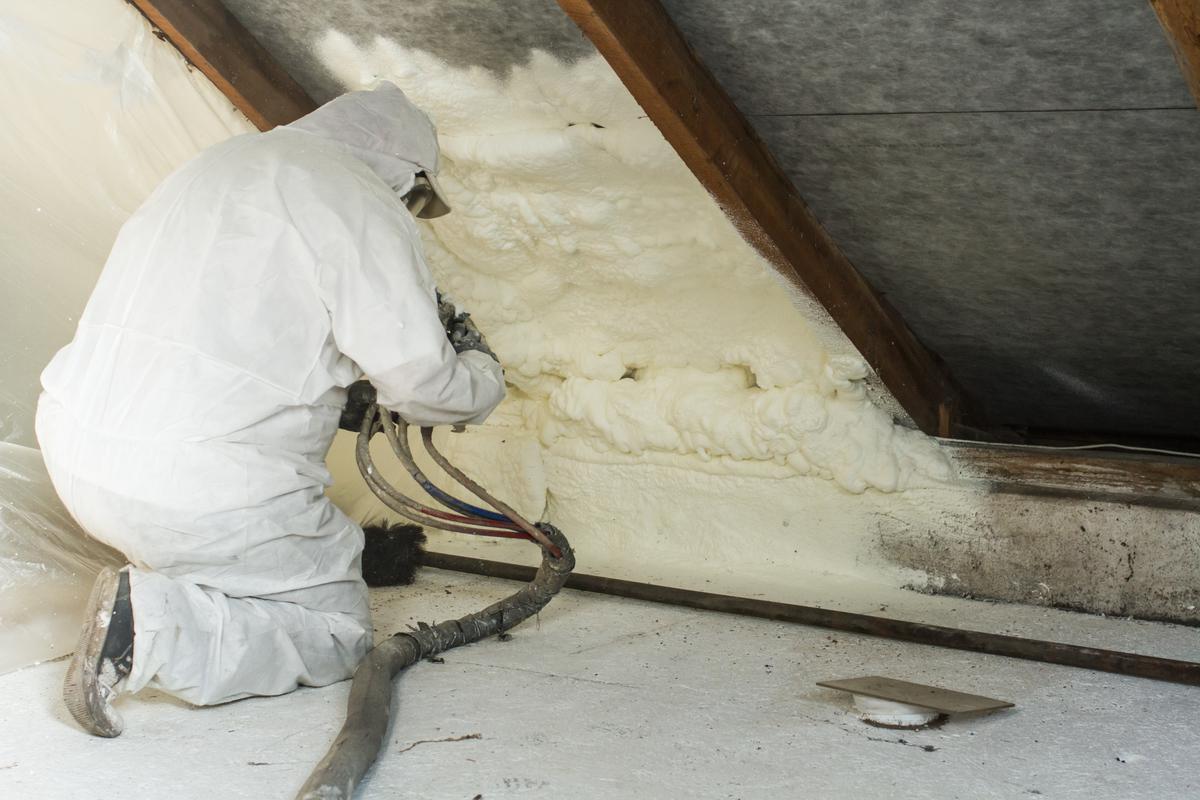
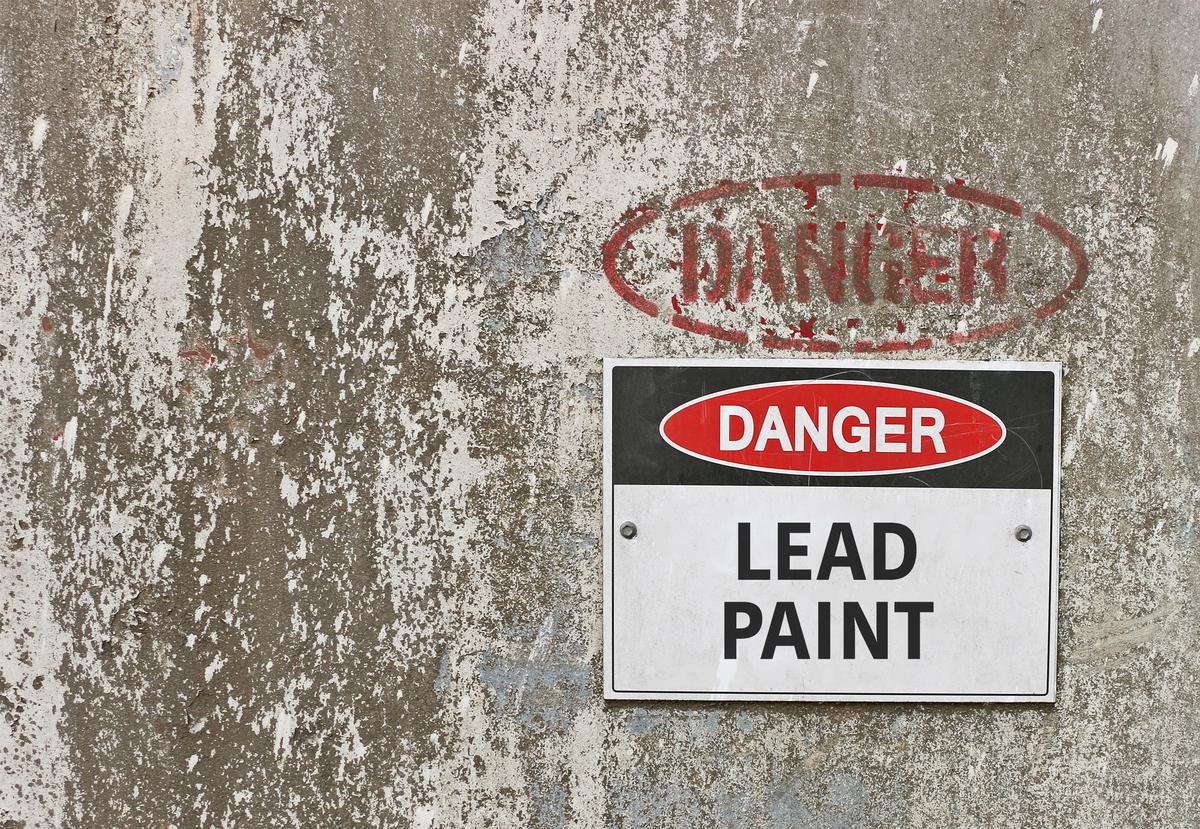
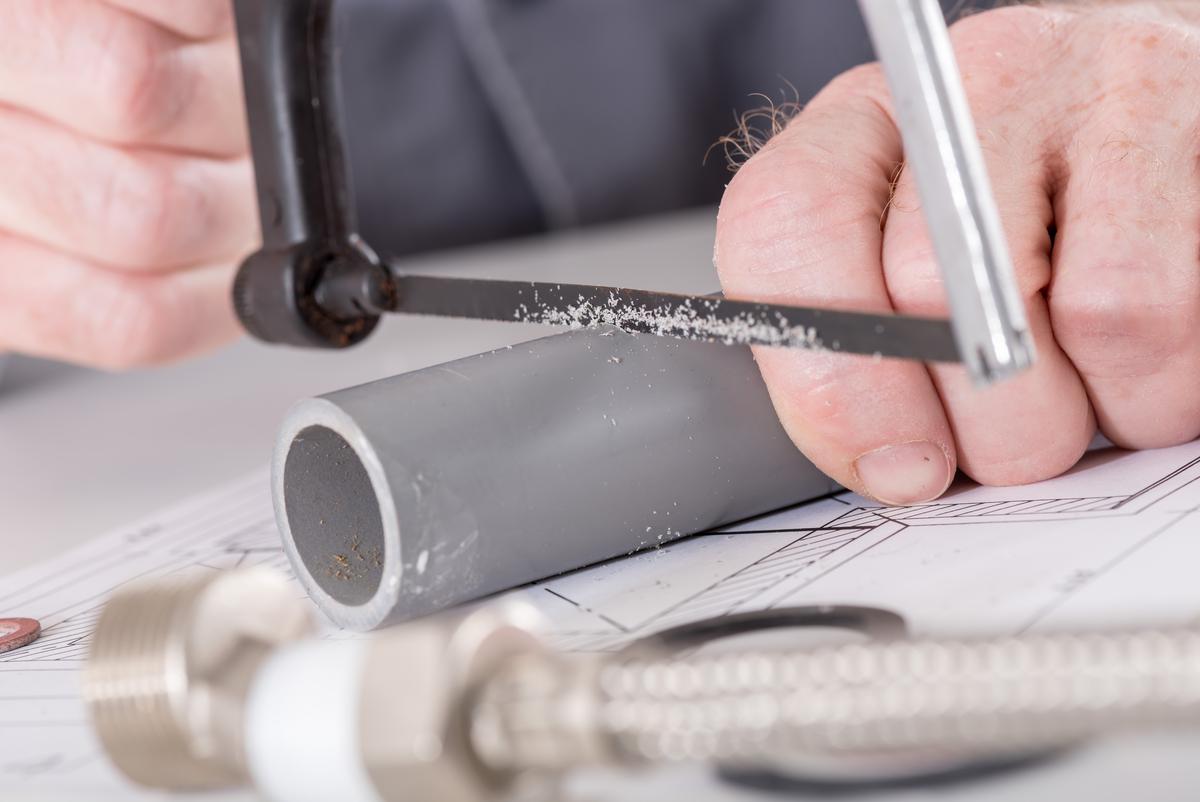
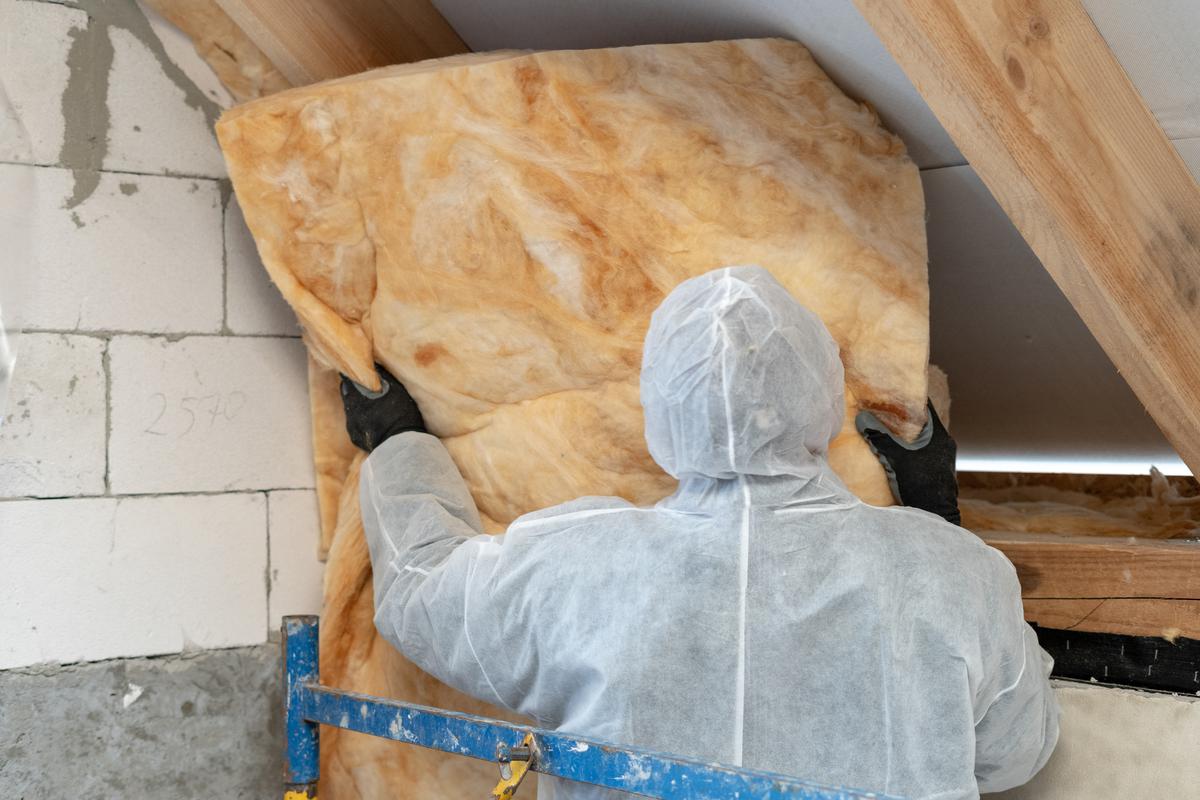
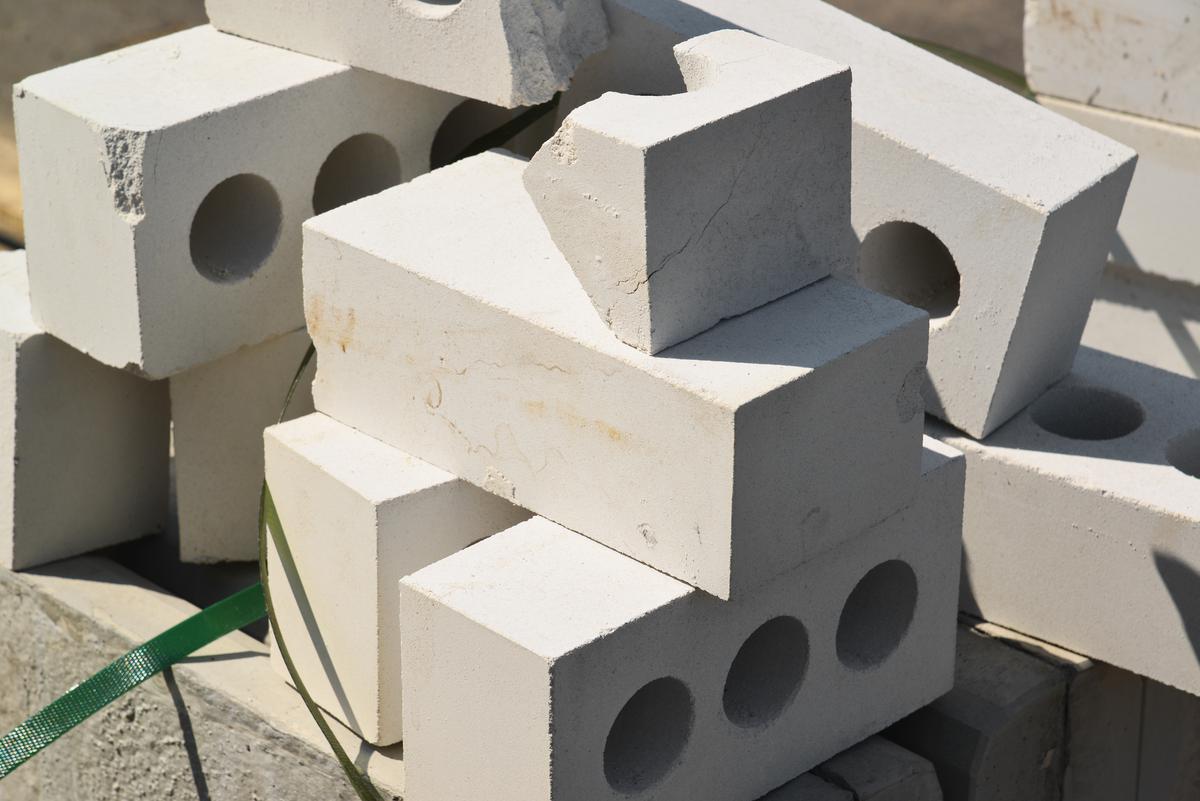

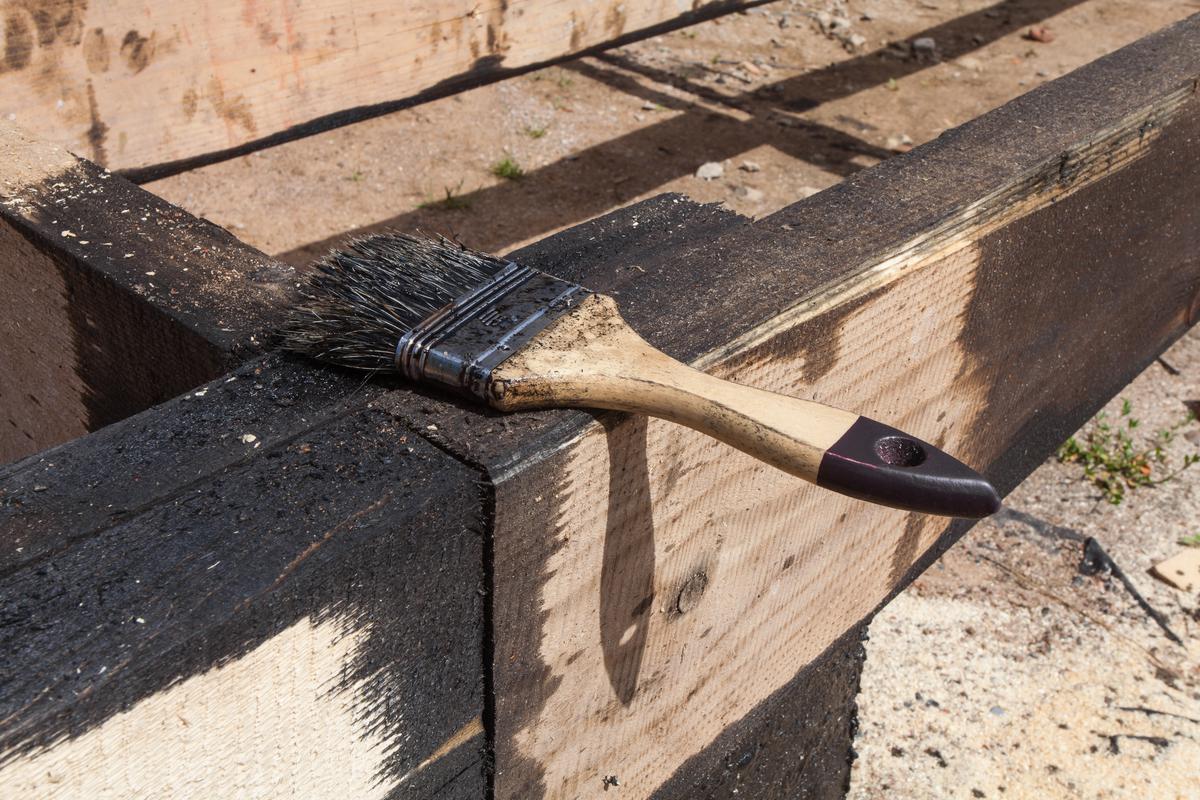
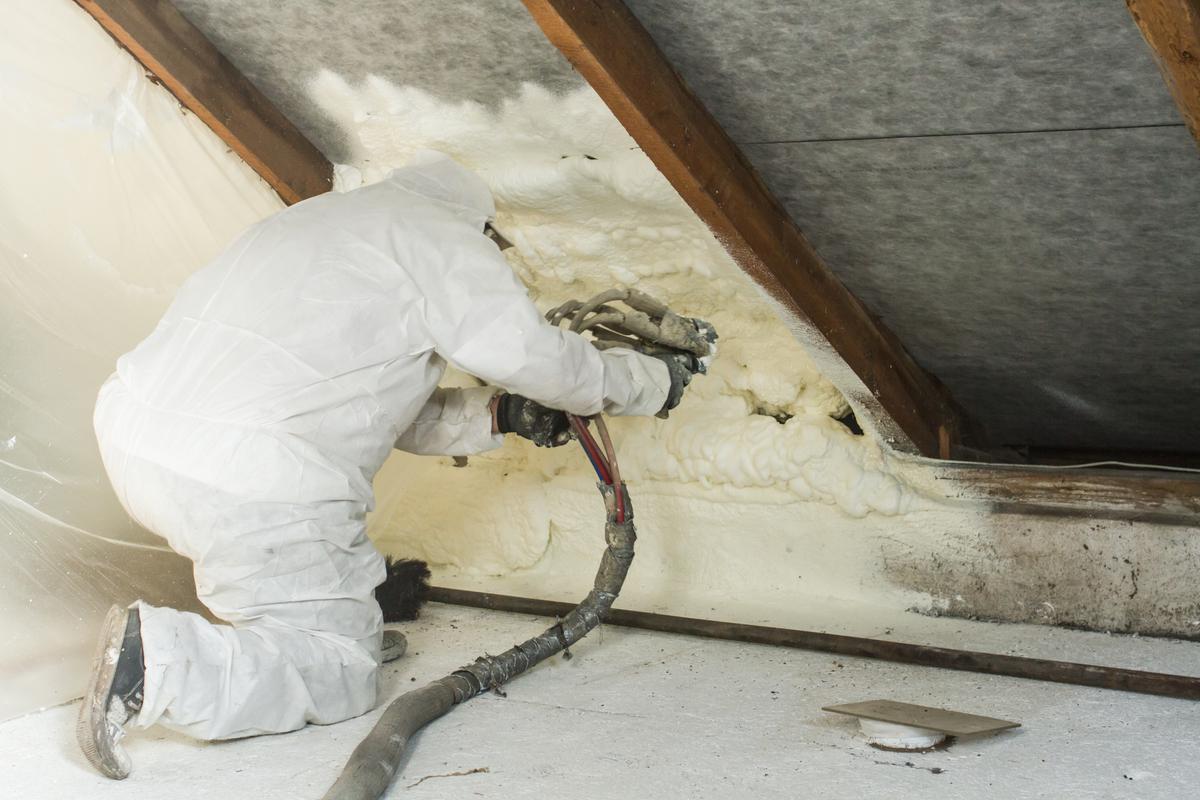
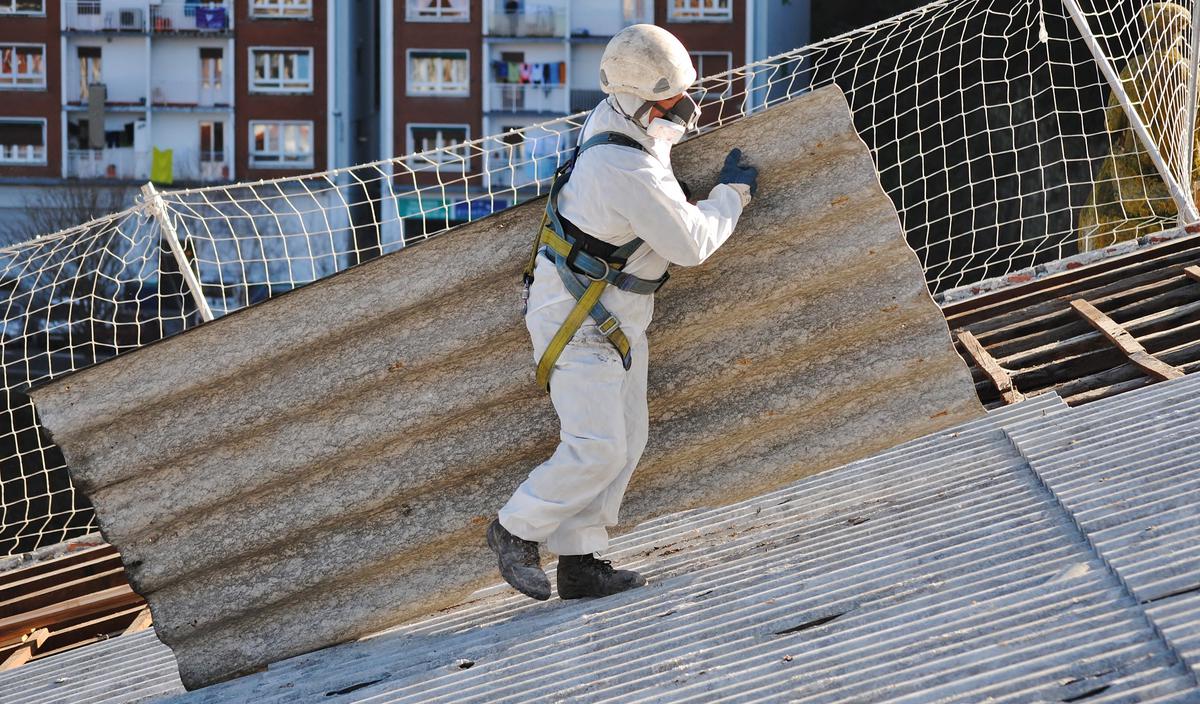
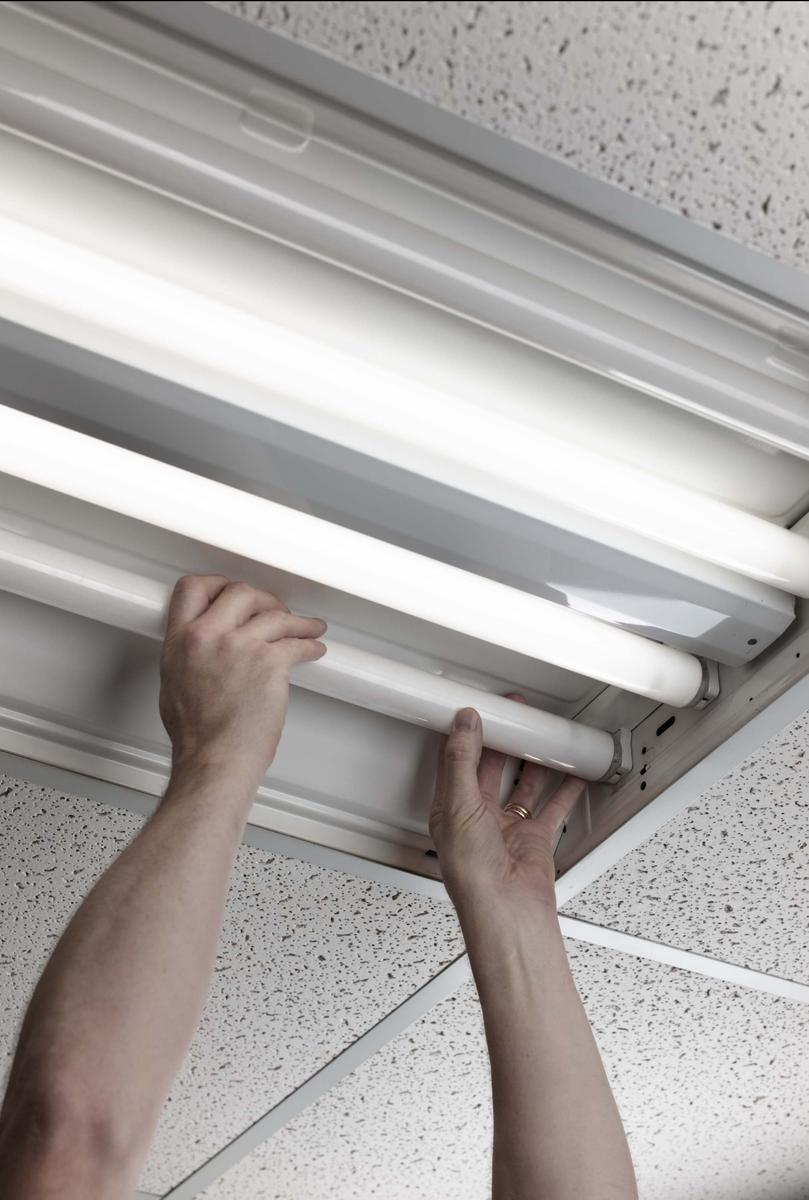
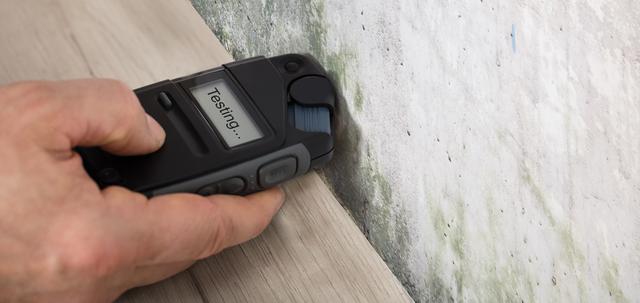
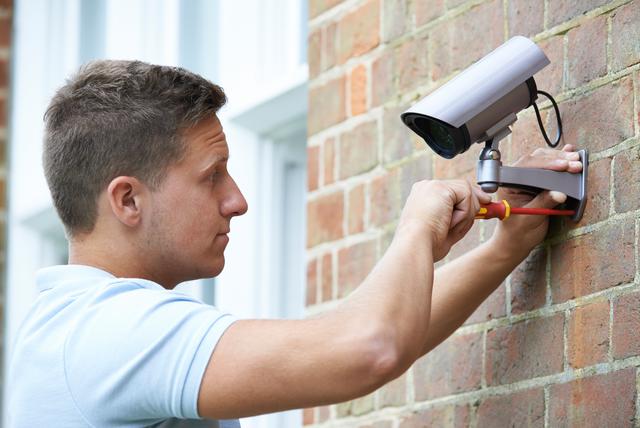


comments